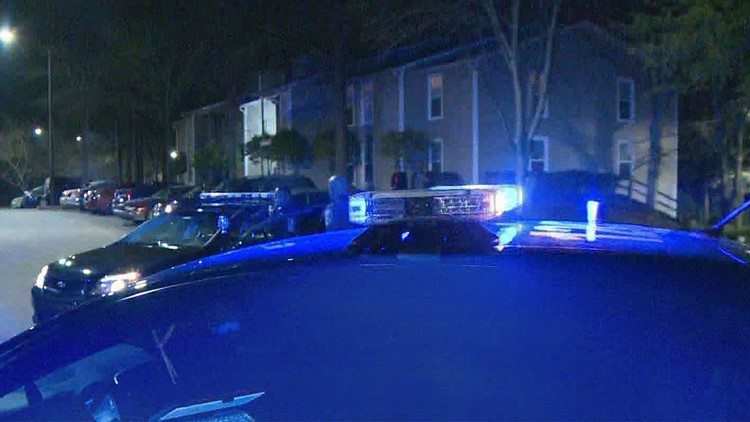ATLANTA (WXIA) -- With so many high-profile cases of police killing civilians both locally and nationally, one question that is emerging is when officers can use deadly force – and when they should.
The choking death of Eric Garner by a police officer on Staten Island last July, followed by the death in Ferguson, Mo., of Mike Brown in August are just two of the national cases in focus. Locally, three deaths at the hands of DeKalb County Police officers since late December and another in late March, when Nicholas Thomas was gunned down by Smyrna Police officers as they tried to serve a probation violation warrant.
And this past weekend, motorist Walter Scott was shot to death as he fled from North Charleston, SC, Police Officer Michael Slager. That case has caused nationwide outrage after video of the shooting appeared in the national media.
The first question has, at least in print, a universal answer. Most authorities agree on when a police officer can legally use deadly force. The question of when they should brings out the different perspectives and emotions that shape the entire discussion.
"After viewing that video, this is a classic case of homicide," said Atlanta attorney Jackie Patterson of The Patterson Firm, speaking of video of Walter Scott being gunned down.
"It has to do with the reasonableness of the force," said local attorney Lance LoRusso of the LoRusso Law Firm.
Both men have represented police officers, and they were both police officers themselves. They both agree on when police can legally use deadly force.
"If your life is in imminent danger, or if someone else's life is in imminent danger," Patterson said.
"They can also use deadly force to stop a forcible felony in progress," LoRusso said.
But as far as what that means? The two could not disagree more.
"Deadly force has been the first option instead of the last option, and that's a problem," Patterson said.
"If there's an increase in frequency, it's because we have a lot more violent people on the street," LoRusso said.
Here's something they did agree on: the US Supreme Court decided in a 1985 landmark case that deadly force can be used if "the suspect poses a significant threat of death or serious physical injury to the officer or others."
That is reflected in how police officers are trained. It is as simple as that – but then, again, it is never that simple.
"You also have a Tazer. You have mace," Patterson said. "There are a number of things you can do."
"The use of deadly force is governed by the 4th Amendment of the United States Constitution," LoRusso said.
"If an officer views someone else's life as no value, they're gonna resort to deadly force first," said Patterson.
"We let a tremendous number of people out of prison that have demonstrated they are a danger to society," LoRusso said. "We let a tremendous number of people out of prison who have demonstrated they're a danger to law enforcement officers."
"If he views the human race all the same, then I think you would have much less deadly force situations," Patterson said.
Two guys, same current profession, same prior profession, but vastly different positions on the use of deadly force.
Cases like these have forced so many people to realize what police can and cannot do, and to examine for themselves how they feel regarding the issue.



